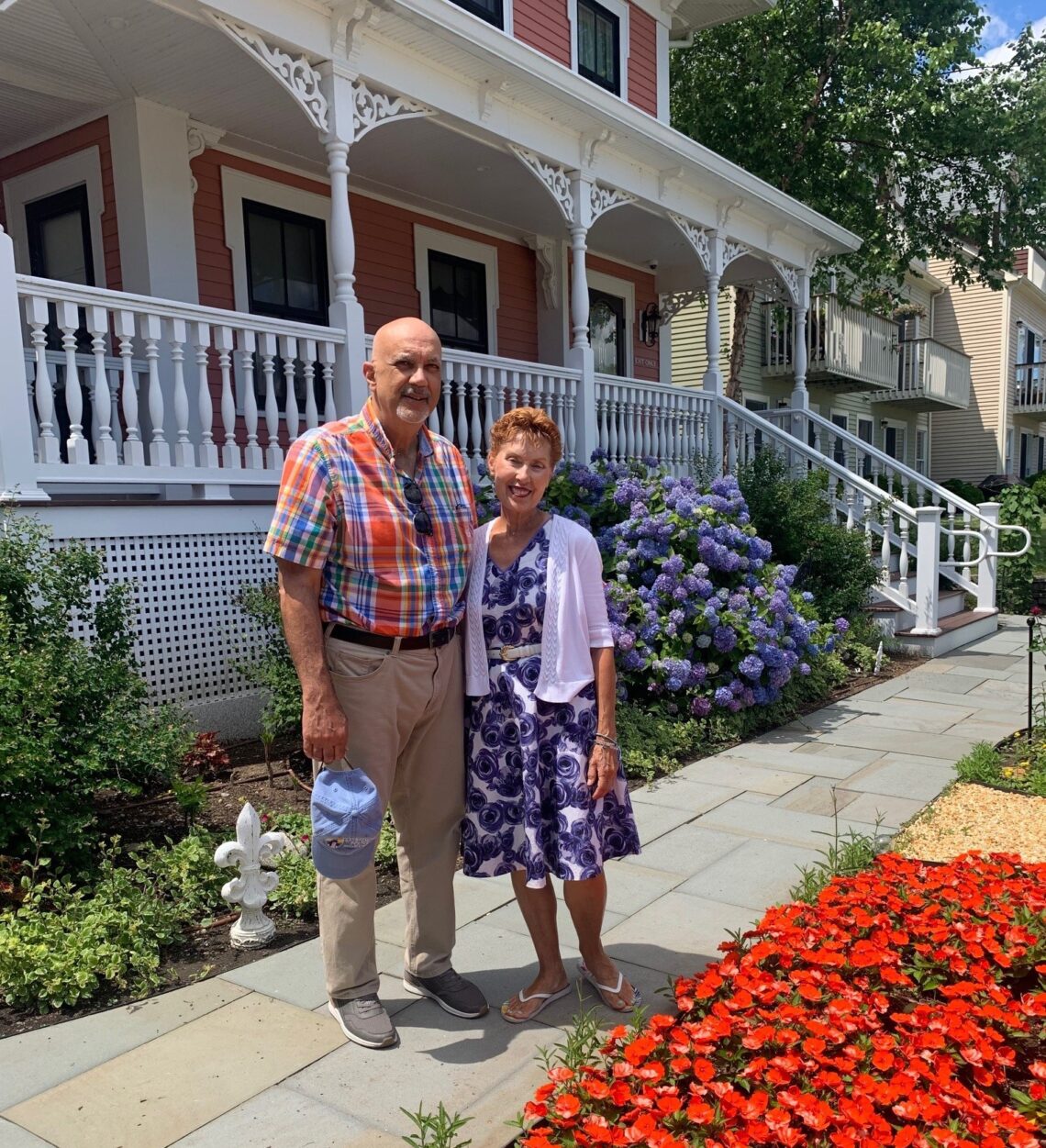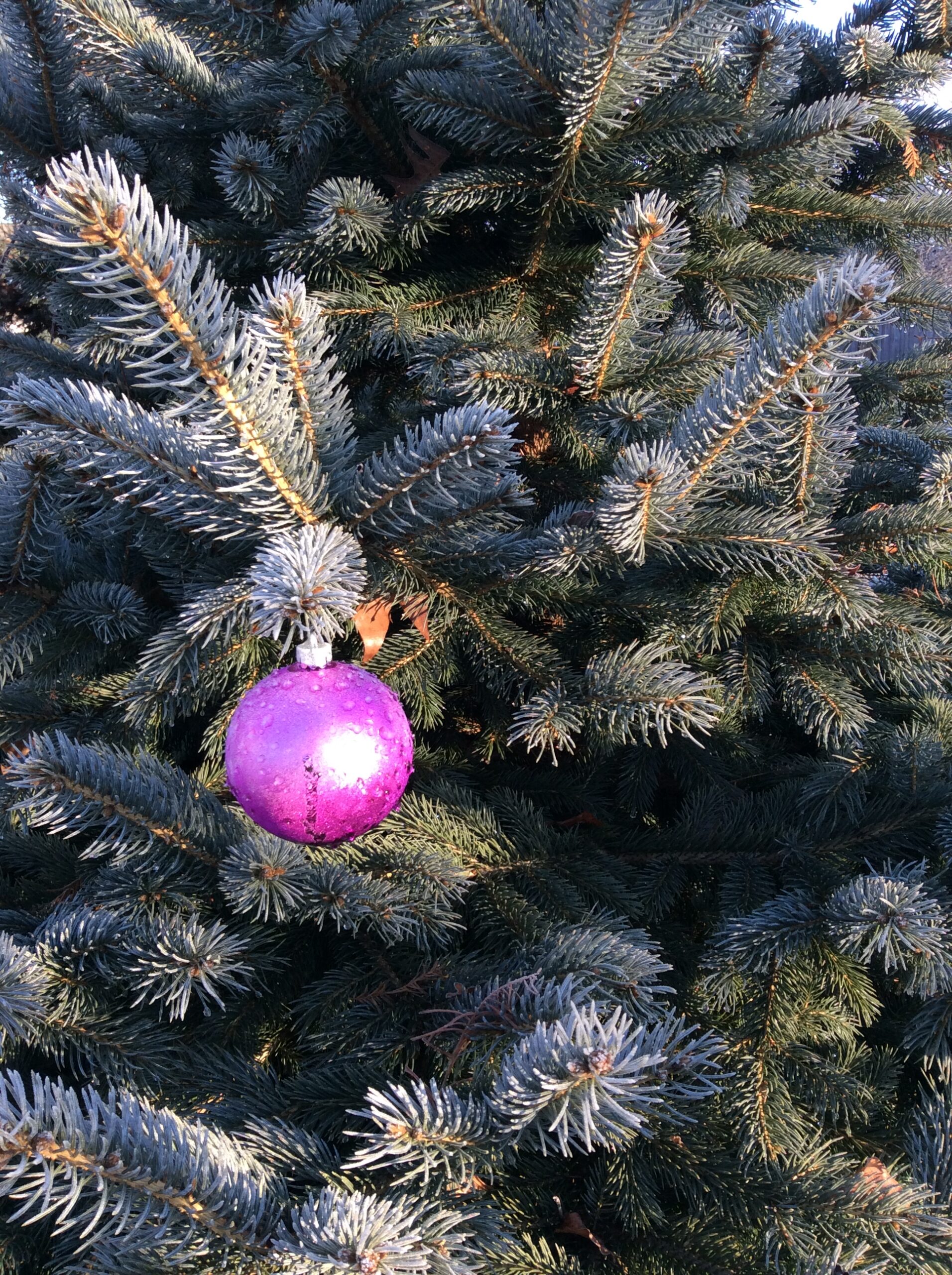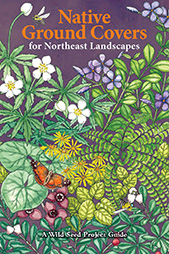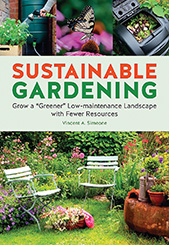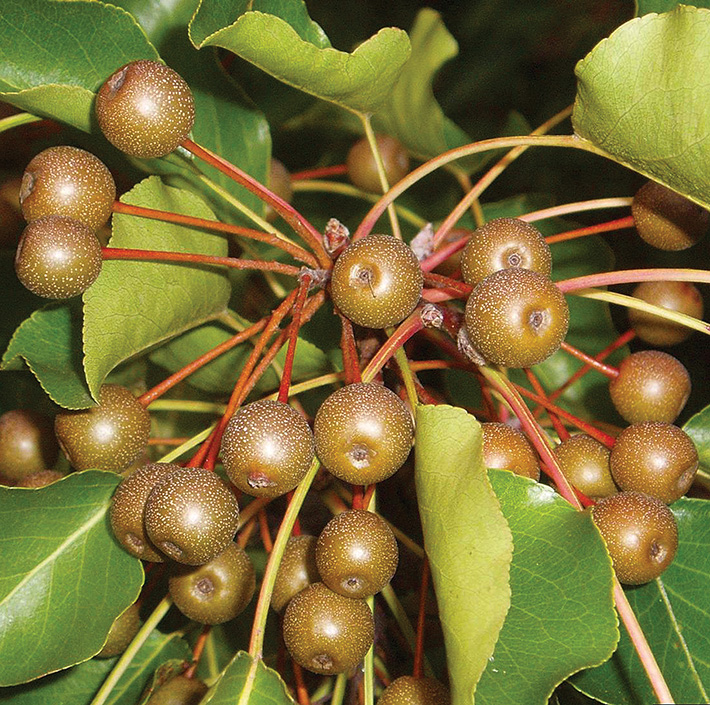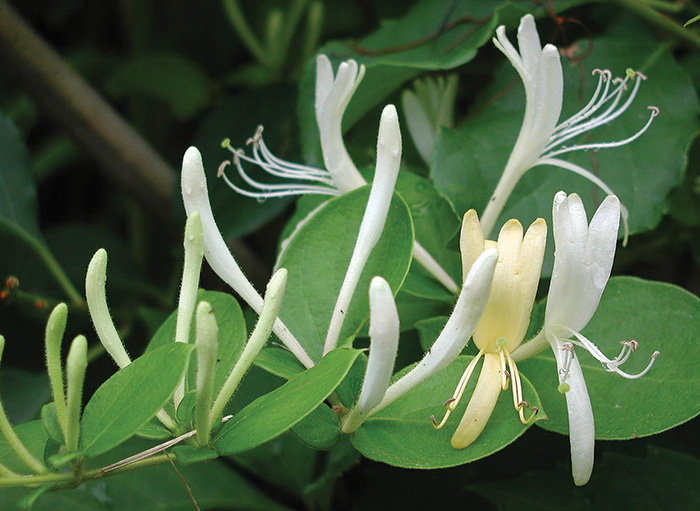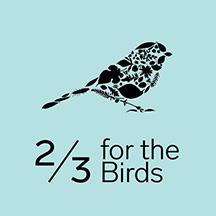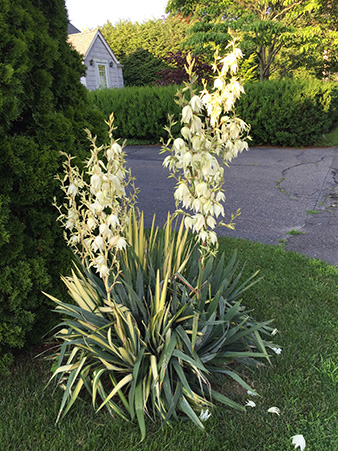In our Winter ’22-’23 issue we featured a story about the beautiful gardens at Saybrook Point Resort & Marina and Darci Lombardo, the woman who has tended them for the last 7 years. There was no space to add any captions to the photos (we packed in as many as we could) so I promised to get some plant IDs in here for those who are interested. Darci helped identify most everything, and the plants are listed below (not latinized, for the most part, so you’ll have to do some googling if you are so inclined). Click here for a pdf of the story. Page 20: Top left, Strawberry Vanilla…
-
-
All About Christmas Trees
By Dick Jaynes This article was originally published in a digital-only edition in November/December 2015Christmas trees are an important farm crop grown on more than 5,000 acres in Connecticut. Tree farmers help maintain the picturesque, bucolic farmland that is increasingly scarce in our state. Most tree farmers belong to the Connecticut Christmas Tree Growers Association which has more than 200 members. The association was started some 50 years ago when raising Christmas trees in Connecticut expanded rapidly. From the beginning, the University of Connecticut and The Connecticut Agricultural Experiment Station have been valuable resources for growers. Despite the best efforts of the Christmas tree growers, the local supply of trees…
-
Native Ground Covers
This is a wonderful little handbook on native ground covers by Anna Fialkoff and Heather McCargo from the Wild Seed Project. It makes a great companion to Native Trees for Northeast Landscapes, published by the same organization. What’s Inside• Profiles of 48 native ground cover species that add color and texture while building soil health and fostering wildlife habitat.• Six illustrated guilds of ground cover combinations designed for different conditions• An overview of the many ecological benefits native ground covers can provide• Recommended reading and resources Plant ProfilesEach profile has:• A basic description• At least one color photo• A chart showing light and water requirements and growth rate• Related Species…
-
Sustainable Gardening
Sustainable Gardening is a good introduction to the basic concepts involved in creating and maintaining a sustainable landscape. Author Vincent Simeone discusses a number of important issues:• Composting• Reducing your carbon footprint• Water conservation• Rain gardens• Organic gardening• Lawn reduction• Lawn alternatives• Limiting chemical inputs• Removing invasive species• Soil health management• Right plant, right place• Ecological landscape design• IPM (Integrated Pest Management) It’s not a simple process and is more complicated than putting in a few plants for pollinators. You basically have to learn how to think ecologically. The good news is you can start small and work your way up. There are a number of ways to start: adopt…
-
Potentially Invasive Callery Pear
Callery pear (Pyrus calleryana) is not officially considered invasive in Connecticut but it should be. For that to happen the Invasive Plants Council (IPC) has to place it on the official list. In Connecticut, the IPC is the body responsible for the state’s Invasive Plant List under CT General Statutes. Callery pear is on Connecticut’s “Research List” of plants about which they’d like more information. It’s considered invasive in a number of states and many sources describe it as not recommended. We add our name to that list but the horse has already left the barn. A native of China, Japan, Korea and Vietnam, Callery pear was originally brought to…
-
To Speak for the Trees
In case you didn’t get the memo, trees are really important. Forests are literally the lungs of planet Earth and trees like oak (Quercus spp) support hundreds of species of butterflies and moths, which in turn support our local bird communities. I was excited to read Beresford-Kroeger’s new book and hear her viewpoint. She’s a scientist who brings a certain je ne sais quoi to the mix because she was also steeped in ancient celtic knowledge at an early age. She may be the last person to have been taught this way directly. Diana isn’t your average writer, she’s a polymath with undergrad degrees in botany and medical biochemistry and…
-
Invasive Honeysuckles
First off, a big thank you to the subscriber who came up to me at the CT Flower & Garden Show in Hartford in February and asked about invasive honeysuckles. I don’t know how but honeysuckles have somehow escaped being featured as an invasive in Connecticut Gardener. Until now, that is! Very tricky of it. A whopping six species of Lonicera are considered invasive in Connecticut. Perhaps the best known, Lonicera japonica (Japanese honeysuckle), is a perennial woody vine. The other five are perennial shrubs. How Do You Tell Them Apart? There are a number of botanical differences but the easiest one to remember is this … native honeysuckles have…
-
Two-Thirds for the Birds
By Will Rowlands We’ve been promoting native plants ever since we took over Connecticut Gardener magazine in 2010. The reason for this is fairly simple … biodiversity is a good thing. It’s not only better for birds, pollinators and insects, it also creates a more resilient ecosystem. A yard with a large lawn and some boxwoods doesn’t do anybody any good, ecologically speaking, especially if you’re using chemicals to maintain the property. It’s essentially an ecological wasteland at a time when populations of birds, pollinators, insects and native plants are all declining. We’re excited to see that native plants have finally begun to get some traction in the last few…
-
The Iron Yucca
How does a gardener/homeowner deal with a constant parade of dog walkers and their pooches stopping, sniffing, and marking territory? In some neighborhoods the constant showers can be really tough on — if not deadly to — the plants that are targeted. While walking around town I’ve seen an assortment of signs warning dog owners to keep their companions from watering plantings; some are cute, some get a little snarky, and some have a nearby jug of water at the ready, presumably for the dog’s guardian to douse a plant when the dog fails to read the sign. Not having a dog, I’m no expert on the etiquette involved but…
-
Jumping Worm Protocol
A new season of plant sales, swaps, and gardening means facing the jumping wormproblem. Avoiding New IntroductionsHere’s a compendium of broad guidelines from several university extensions and the Connecticut Agricultural Experiment Station (CAES) to help you deal responsibly with these invaders going forward. To avoid unwanted introductions, one should have a basic management protocol in place. The boxed links offer a deeper dive and can help those new to jumping worms catch up. The enemy: Jumping worms (Amynthas spp.) are smooth, glossy brown or grayish and they move more like a snake than a ‘traditional’ earthworm. They hatch in April/May from eggs in protected cocoons laid in the fall, live…
